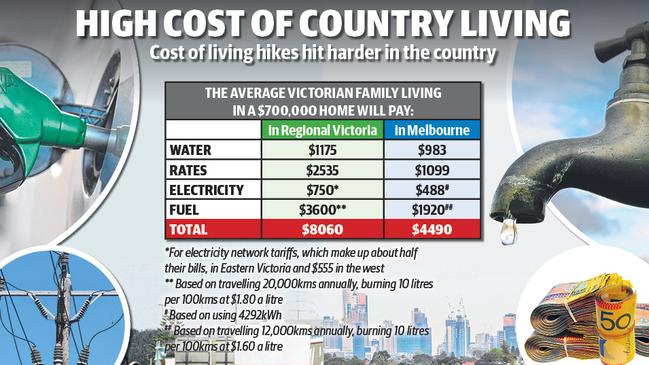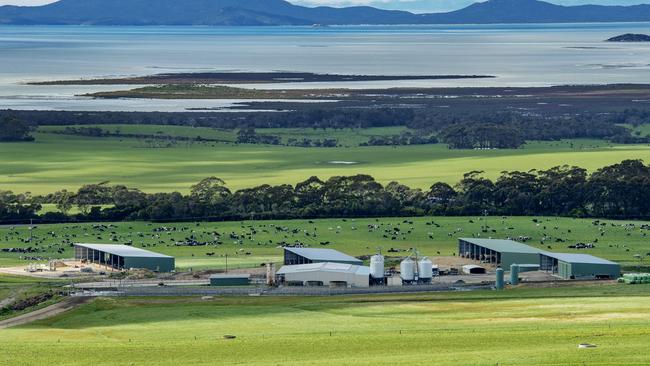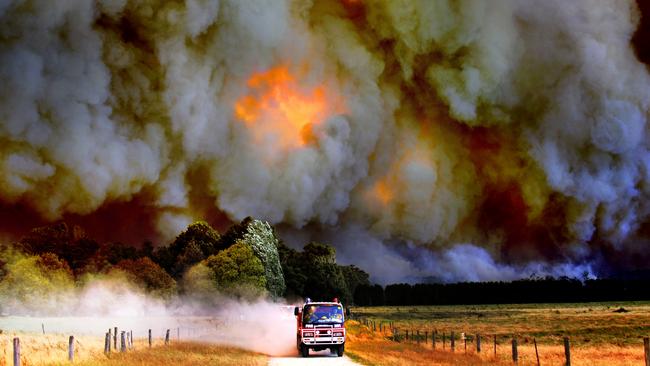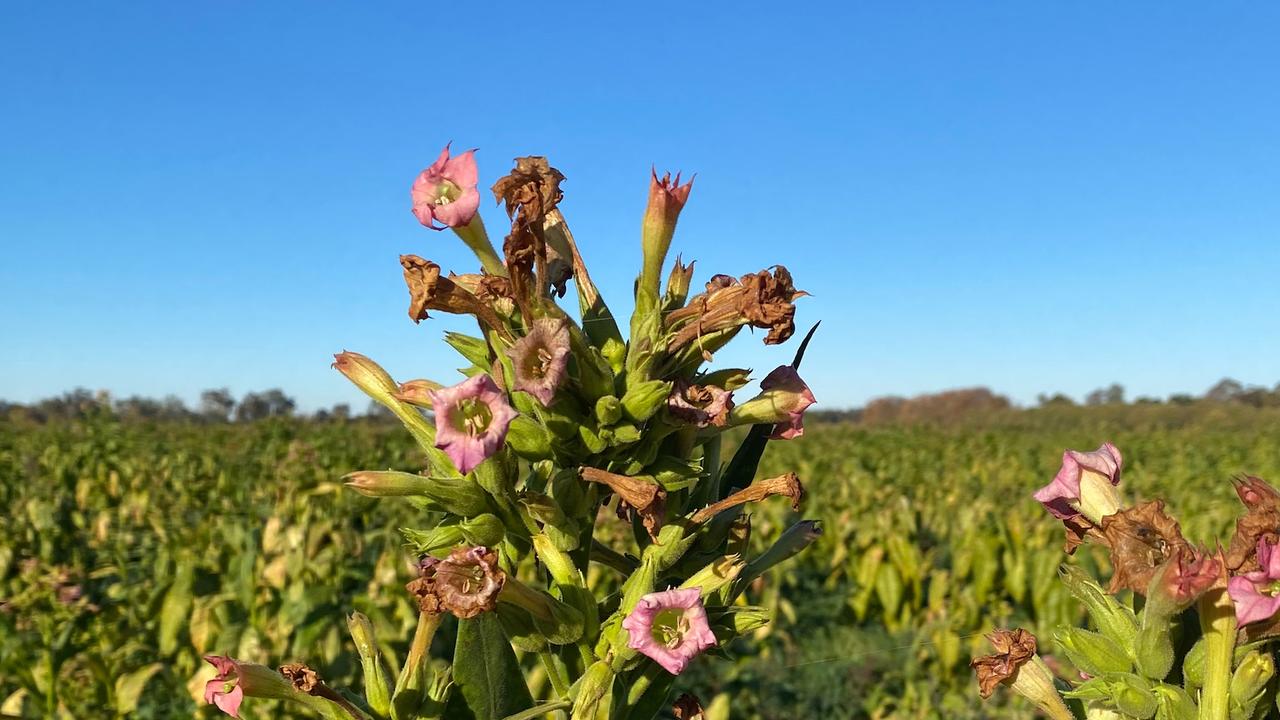Regional cost of living blow: paying more for power, water, rates and fuel
The lifestyle of country living may be appealing, but the costs are much higher than the city. See a full breakdown of what you’re paying compared to those in the city.

The cost of essentials such as water, power, fuel and rates are soaring in regional Victoria, with an average family paying more than $8000 a year for basics compared to $4500 in the city.
Australian Energy Regulator data shows 668,000 households and business in the state’s east are paying the highest network charges on their power bills in Victoria – with the average resident forking out $750 to AusNet Services, compared to a Melbourne resident paying Citipower $500.
Victoria’s Essential Services Commission’s analysis shows regional water corporations have also jacked up the average country household’s water bill by 3.9 per cent to $1175. In contrast city dwellers water bills rose by just 1 per cent to $983 for 2022-23, as Melbourne Water cut bulk water charges to retailers Yarra Valley, City West and South East Water.

Even farmers in western Victoria, who are already grappling with soaring fertiliser, fuel and chemical costs, have been with hit with a 5 per cent hike in their Wimmera-Mallee pipeline stock and domestic water bills.
As reported in The Weekly Times last week regional households will pay an average $2535 in rates on a $700,000 home this year, compared to $1099 in Melbourne.
High fuel prices are also taking their toll on the budgets of country Victorians, given they often pay and use far more petrol and diesel than families living in Melbourne or the regional cities of Geelong, Ballarat and Bendigo.
Victorian Council of Social Service chief executive Emma King said cost of living pressures were far higher in regional communities, given they had to travel further for services.
“If you go out 20km or more, it’s much more of a problem,” Ms King said. “What looks like a cheaper place, actually is not, because of the associated costs — extra fuel, lack of public transport and access to essential services.”

Last year alone the Victorian Government spent $1.5 billion on subsidising public transport, while many regional Victorians outside regional cities are forced to drive or catch infrequent bus services.
While many Melbourne residents are also able to access bulk billing and make swift medical appointments, those in regional communities pay full fees and are forced to waiting days for an appointment. Just last week administrators of the Tristar Medical Group, which bulk bills patients, announced the closure of its Avoca and Ararat clinics, plus those in NSW at Kempsey and West Wyalong.
Ms King said housing shortages also meant it was increasingly difficult to attract both essential workers – such as nurses and teachers – as well farm workers to regional areas, hollowing out the community.
Just how much more regional Australian are paying for goods and services is unknown, given the Australian Bureau of Statistics only gathers data for its consumer price index from Australia’s eight state and territory capital cities.
Earlier this year ABS statistician David Gruen told the Senate Economics Legislation Committee it would cost $3 million to collect CPI data from regional Australian communities.
Meanwhile neither major political party seems to have delivered any major solutions to easing the pain of soaring country living costs.

Regional Development Minister Harriet Shing said “we know the cost of living is an issue for many families who we are supporting through a range of measures including – free kinder placements, free TAFE, capping councils rates and keeping as many necessary cost increases below or in line with CPI.”
“We have also extended the $250 Power Saving Bonus to any Victorian who uses the Energy Compare website to compare their energy deal – saving 7 out of 10 customers an average of $330 on energy bills.”
The Victorian Nationals are hinting that they may go to the election promising to re-establish the $160 million Country Roads and Bridges fund, which during their last term in government pumped about $1 million extra revenue into each regional councils, helping alleviate ratepayer pressure.
Nationals water spokesman Danny O’Brien said the previous Liberal-Nationals Government also introduced the Fairer Water Bills initiative that extracted efficiencies from water corporations, delivering rebates to regional water customers of between $30 and $100 annually.
“This initiative finished in 2017 without any further effort from the Government to help relieve water bill pressures,” Mr O’Brien said.
Asked if a Coalition Government would deliver a similar scheme if elected on November 26, Mr O’Brien said the Nationals would “be doing all we can to reduce the cost of living for regional Victorians”.
POWER SURGE
Power bills in regional Victoria are soaring, as distributors – AusNet and Powercor – are forced to maintain 140,000kms of powerlines and mitigate the risk of them starting fires across a much smaller population base than the city.
AusNet, which distributes electricity to 668,000 mostly regional Victorian properties east of the Hume Highway, gained Australian Energy Regulator approval to jack up its customers bills by an average 8 per cent on July 1.
It means the average household is paying AusNet about $750 in network charges, which make up about half of most customers’ bills, compared to an average of about $500 in the city.
Citipower customer in Melbourne will pay an average $456 in network charges this financial year, while Jemena customers to the cities west pay $507 and those with United Energy in the southeast pay $501.

An AusNet spokeswoman said: “we operate our network as efficiently as possible, but we have fewer customers, both residential and business, who live in dispersed regional areas.
“This greater geographic area means we undertake more maintenance in regional areas due to having more kilometres of lines to inspect and repair, and a lot of vegetation to clear each year, including in hilly terrain such as Victoria’s Alpine regions.
“Also, we are implementing government initiatives on our network to reduce community bushfire risk across this larger geographic area.
“These costs are factored into our network tariffs and are approved by the Australian Energy Regulator each year. This year AusNet deferred recovery of $5m of performance incentive payments to a future year to help manage price impacts for customers.”

AusNet Services must maintain 49,816km of powerlines across 80,000 square kilometres.
In the state’s central and western zone Powercor must service just 12 customers per square kilometre, compared to 107 customers per square kilometre across its separate Citipower business.
AusNet and Powercor have also been forced to recover the bulk of the cost of bushfire mitigation work that arose from the recommendations of the 2009 Royal Commission into the Black Saturday fires.
The Victorian government has consequently forced AusNet and Powercor to invest almost $1 billion in spark suppression systems – Rapid Earth Fault Current Limiters and other technologies, which the distributors recoup from rural and regional customers.
The Weekly Times has previously reported regional Victorians are paying an extra $400 on their electricity bill to cover the REFCL and other bushfire mitigation works.
WATER BILL BLAST
Smaller populations and higher infrastructure costs have left regional communities struggling to keep a lid on rising water bill hikes, paying almost 20 per cent more than Melburnians.
Households from Bairnsdale to Mallacoota will pay an average $1249 on their East Gippsland Water bills in 2022-23, up 4.1 per cent on last year, compared to those in Melbourne paying $983, up just 1 per cent.
Victoria’s Essential Services Commission reported regional water corporation price hikes of up to 5.9 per cent this financial year, with the average country household paying $1175.
The most expensive water corporation in the state is Grampians Wimmera Mallee Water, whose average residential customer will pay an average of $1378 across 2022-23 to help cover the cost of maintaining 16,000km of pipelines, its major reservoirs and smaller storages, plus hundreds of tanks and town water towers.
Other high-priced government-owned regional water corporations include Coliban Water (Bendigo region), where households will pay $1363 this financial year and Gippsland Water, which will charge the average residential customer $1366.
When contacted most regional water corporations referred The Weekly Times back to the Essential Services Commission comments from June, which stated “increases in Melbourne are lower compared to regional areas, mainly due to reductions in bulk water charges and a smaller desalination water order for 2022–23”.
But East Gippsland Water stated it was facing significant infrastructure costs, spending more than $15 million in major capital works this financial year.
“This includes replacing or upgrading ageing infrastructure, taking into account the impacts of climate change and regional growth,” an East Gippsland Water spokesman said.

Even Geelong-based Barwon Water, which services communities from Ballan to the Otways, has been forced to raise its households’ bills by 4 per cent.
Barwon Water managing director Tracey Slatter ultimately water prices were tracking lower than inflation, but the corporation had to make investments “to cater for high regional growth, as well as dealing with the impacts of climate change due to lower average inflows to our reservoirs and the need to find alternate water supplies, (which) all impact Barwon Water’s costs”.
As well as investing in our services, as part of the 2018-23 Price Submission, we have been working hard to maintain affordability for customers, finding nearly $40 million in cost savings across the last four years, exceeding our five-year efficiency target of $32 million.
A Gippsland Water spokesman said “this year our customer bills decreased in real terms, but rose overall due to high inflation.
“To help reduce the pressure on our customers, we made the decision to partially absorb the CPI increase, which we’re offsetting through operational savings and efficiencies.”




